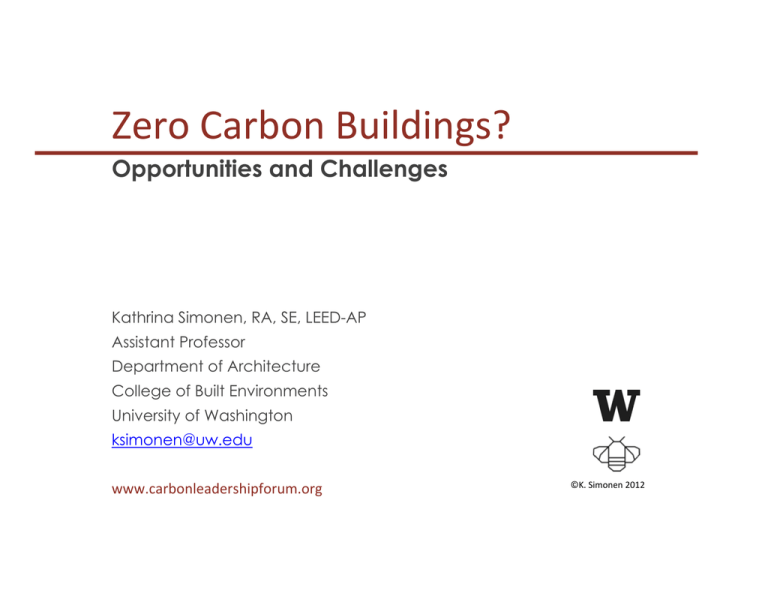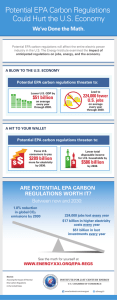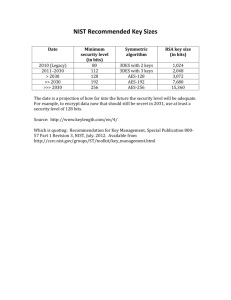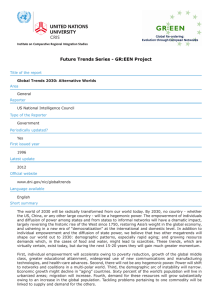
Zero Carbon Buildings?
Opportunities and Challenges
Kathrina Simonen, RA, SE, LEED-AP
Assistant Professor
Department of Architecture
College of Built Environments
University of Washington
ksimonen@uw.edu
www.carbonleadershipforum.org
©K. Simonen 2012
©K. Simonen 2012
Design: Optimizing Multiple Criteria
©K. Simonen 2012
©K. Simonen 2012
U.S. Annual Energy Consumption (2009)
Source: ©2010 2030, In. / Architecture 2030. All rights Reserved.
Data Source: U.S. Energy Information Administration (2009).
Buildings
Industry
49%
23%
Transportation
28%
©2011 2030, Inc./Architecture 2030
Typical House: Total Annual Energy Use Example
Approximate typical breakdown of home energy use % by www.energystar.gov
©K. Simonen 2012
Typical House: Total Annual Energy Use Example
Approximate typical breakdown of home energy use % by www.energystar.gov
©K. Simonen 2012
Efficient House: Reduces Annual Energy Use
Add Insulation
High Performance Windows
Efficient Lighting and Equipment
©K. Simonen 2012
Add Power Generation: Lower Net Use
Add Solar Power
Energy back to grid
Meter runs two ways
©K. Simonen 2012
Net Zero Energy: Average Over Year
Reduce Operations AND
Generate Power
Net Annual Energy Use of ZERO
©K. Simonen 2012
Buildings: Life Cycle Thinking
LIFE CYCLE ASSESSMENT
Comprehensive and
systematic evaluation
Recognizes trade-offs
between first and total
‘costs’
Possible to quantify
‘green’.
Evaluate impacts
throughout the supply
chain
©K. Simonen 2012
Net Zero = Zero Carbon??
Buildings: Total Lifetime Energy Use
Typical Building ©K. Simonen 2012
Net Zero = Zero Carbon??
Buildings: Total Lifetime Energy Use
Typical Building High Performance ©K. Simonen 2012
U.S. Annual Energy Consumption (2009)
Source: ©2010 2030, In. / Architecture 2030. All rights Reserved.
Data Source: U.S. Energy Information Administration (2009).
Buildings
Industry
49%
23%
Transportation
28%
©2011 2030, Inc./Architecture 2030
U.S. Annual Energy Consumption (2009)
Source: ©2010 2030, In. / Architecture 2030. All rights Reserved.
Data Source: U.S. Energy Information Administration (2009).
Building Operations
Industry
43%
23%
Building Materials
and Construction
Transportation
6%
28%
©2011 2030, Inc./Architecture 2030
% Building Energy Consumption
©2011 2030, Inc./Architecture 2030
Building Products
100%
Operations 75%
80%
Operations 55%
60%
40%
Products
45%
20%
Products
25%
Building Operations
2010
2020
2030
2040
Embodied Energy (Residence) Operations / Products
2050
Building Products
Building Operations
2060
Challenge 1: Need for Better Quality Data & Tools
©K. Simonen 2012
Challenge 2: Allocation, Policy vs. Science
©K. Simonen 2012
Challenge 2: Allocation, Policy vs. Science
EUROPEAN CONDITION: ALL WASTE. BURNT TIRES = WASTE
©K. Simonen 2012
Challenge 2: Allocation, Policy vs. Science
??
US CONDITION: WHAT IS MOST APPROPRIATE??
©K. Simonen 2012
Challenge 3: Variability of LCA results
©K. Simonen 2012
Challenge 3: Variability within Processes
©K. Simonen 2012
Opportunity: Environmental Product Declarations
Image from EPA
Image from EPA
ENVIRONMENTAL PRODUCT DECLARATIONS: EPDs
Standardized (ISO) method of tracking/reporting
environmental impacts of product (eg flooring or building)
from cradle to grave
©K. Simonen 2012
Impact of buildings (operation and construction) is significant
Reduce operating energy
Optimize materials and systems
Retrofit existing buildings-Design for adaptability/end of life
Life Cycle Assessment data and methods are valuable
Better data is needed-Advance standards (EPDS)
Industry specific tools needed
Industry should focus on improvement not comparison
Carbon is not the only environmental impact of concern
ksimonen@uw.edu
www.carbonleadershipforum.org
©K. Simonen 2012




